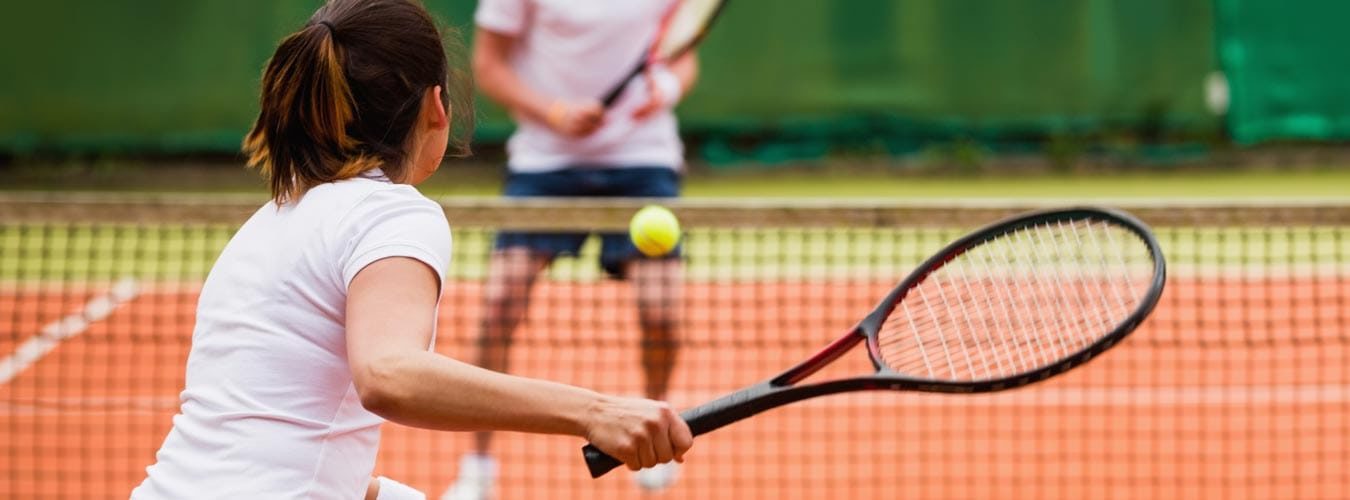
Tennis is a sport deeply intertwined with the elements, and in Marin County, the weather can play a pivotal role in shaping the experience of players. With its diverse microclimates, this picturesque region presents both challenges and advantages for tennis enthusiasts. Understanding how weather conditions influence gameplay is crucial for players looking to optimize their performance on the court.
Marin County’s Climate Variability
The unique geography of Marin County leads to a wide range of weather patterns, from the foggy coastal areas to the warmer inland regions. These fluctuations not only affect temperature but also impact wind speed, humidity, and even air pressure. Each of these factors can significantly alter the dynamics of a tennis match, influencing everything from ball trajectory to player stamina.
Weather Conditions and Player Performance
As tennis players in Marin County navigate their games, they must contend with how various weather conditions can either enhance or hinder their performance. For instance, a windy day may require players to adjust their serving techniques, while high humidity can affect their energy levels and overall endurance. By analyzing these impacts, players can better prepare for their matches and adapt their strategies accordingly.
Understanding Marin County’s Climate and Its Influence on Tennis
Marin County, located just north of San Francisco, boasts a diverse climate that significantly impacts tennis play throughout the year. With its proximity to the Pacific Ocean, the region experiences a Mediterranean climate characterized by warm, dry summers and cool, wet winters. These climatic conditions create a unique playing environment for tennis enthusiasts, shaping not only the schedule of matches but also the performance of players on the court.
The influence of Marin County’s climate on tennis is multifaceted. Factors such as temperature, humidity, and wind patterns all play crucial roles in the game. Understanding these elements can help players adapt their strategies and prepare for varying conditions during their matches.
Key Climate Factors Affecting Tennis
- Temperature: Mild to warm temperatures during the summer months provide ideal conditions for outdoor tennis. However, players must also be prepared for cooler temperatures in the winter, which can affect their performance and comfort levels.
- Humidity: The level of humidity can impact the grip on the racket and the ball’s behavior. High humidity may lead to a heavier ball, while lower humidity can result in a faster game.
- Wind: Coastal winds can pose challenges for players, particularly during matches. Understanding wind patterns can aid in shot selection and overall gameplay strategy.
By adapting to these climate factors, tennis players in Marin County can enhance their performance and enjoy the game throughout the year. Embracing the region’s unique weather conditions is essential for developing resilience and achieving success on the court.
The Impact of Weather on Tennis Play in Marin County
Weather conditions play a crucial role in the performance of tennis players, especially in regions like Marin County where variability can be significant. Understanding how elements like rain, wind, and temperature influence gameplay can help athletes adapt their strategies and training.
Each weather factor has distinct effects on performance. Players must be aware of these influences to maintain their competitive edge and ensure optimal conditions during practice and matches.
How Rain, Wind, and Temperature Affect Tennis Performance
Rain: Rain can have a considerable impact on tennis performance. Wet courts can lead to slower ball speeds and increased risk of injury. Players may experience:
- Reduced grip on the racquet
- Changes in ball bounce and spin
- Increased likelihood of match delays or cancellations
Wind: Wind is another significant factor that can alter the dynamics of a tennis match. It can affect both player strategy and ball trajectory. Considerations include:
- Increased difficulty in serving and returning
- Altered shot accuracy and power
- Strategic adjustments, such as playing more aggressively or defensively
Temperature: Temperature can influence player endurance and performance levels. High or low temperatures can lead to:
- Changes in hydration needs
- Variations in muscle performance and fatigue rates
- Potential for heat-related illnesses in extreme conditions
By understanding these weather impacts, players in Marin County can better prepare for their matches and enhance their overall performance on the court.
Strategies for Tennis Players to Adapt to Changing Weather Conditions
Weather conditions can significantly influence a tennis match, affecting everything from player performance to ball behavior. Understanding these effects is crucial for players looking to maintain their competitive edge, particularly in regions like Marin County, where weather can vary rapidly. By developing strategies to adapt to these changing conditions, players can enhance their gameplay and improve their overall experience on the court.
Here are some effective strategies for tennis players to consider:
- Stay Informed: Regularly check weather forecasts before heading to the court. This allows players to prepare for potential rain, wind, or temperature changes.
- Adjust Equipment: Use different racquets or strings based on humidity and temperature. For example, a softer string may perform better in cooler conditions.
- Modify Playing Style: Adapt your gameplay to suit the weather. In windy conditions, focus on more controlled shots and aim for consistency rather than power.
- Hydration and Nutrition: In hot weather, ensure you are adequately hydrated. Carry water and electrolyte drinks to maintain stamina.
- Clothing Choices: Wear breathable, moisture-wicking fabrics that help regulate body temperature. Layer clothing when it’s cooler, and opt for lighter options in heat.
By implementing these strategies, players can better navigate the unpredictable weather of Marin County and maintain peak performance on the court. Embracing adaptability not only enhances gameplay but also fosters resilience, making each match a valuable learning experience.
